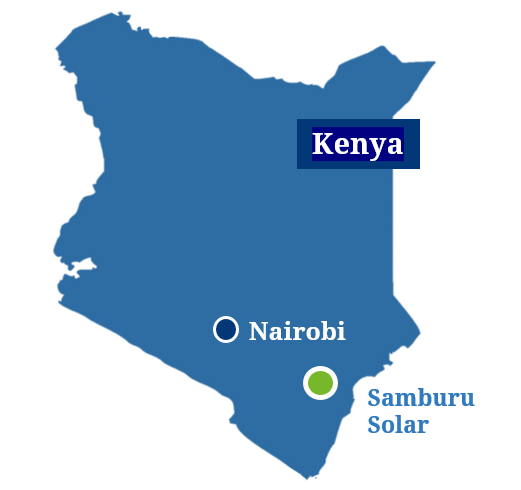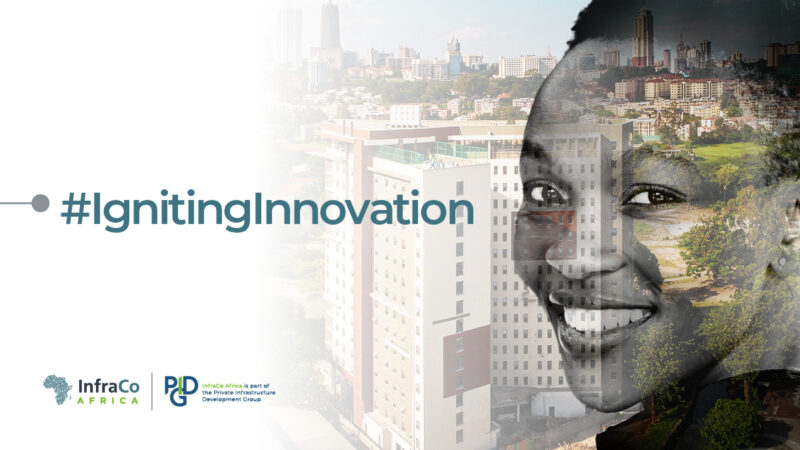Kenya: Samburu Solar
Diversifying Kenya’s solar mix
Challenge
In 2016, Power Africa described Kenya’s power sector as having a story of “solid performance:” the country had successfully doubled energy access from 25% to 46% of households over the previous four years and 30% of its energy was being generated by Independent Power Producers (IPPs). Since then, initiatives such as Kenya Power’s Last Mile project have continued to steadily increase the number of people being connected, with just over 0.5 million new connections reported for the last financial year. However, demand for power is also growing (by 9% last year) and whilst there is discernible interest from the private sector in developing IPPs, just 12.5MW of new generation capacity (0.5% of total installed capacity) became operational last year.
In 2018, the Government of Kenya reaffirmed its intention to achieve Universal Electricity Access by 2022 and to continue developing the power sector: including a strategic use of on-grid, off-grid and small-scale solutions to bring power to remote rural and/or under-served peri-urban locations. Leveraging Kenya’s significant solar potential and its long tradition of private-sector participation in power to mobilise small scale solar IPPs could be one way to achieve this ambition.

Solution
InfraCo Africa is working with an established solar power developer, Gigawatt Global Ltd, to develop the 10MWAC Samburu Solar photovoltaic project in Kenya’s Kwale county. Located 400km south-east of the capital, Nairobi, the plant will be delivered in a single phase and will begin delivering power to the country’s national grid in 2025.
Kwale is amongst the poorest counties in Kenya, with subsistence farming accounting for 80% of average household incomes. Just 11% of Kwale county’s population uses electricity for lighting, with usage concentrated in a few wards such as Ukunda (which has a 44% connectivity rate). Increasing installed capacity within Kwale county will bring much needed power to this part of Kenya. Working with local communities, the project will also implement tailored initiatives, to provide new economic opportunities and promote development in the local area.
In parallel to developing the Samburu Solar project, InfraCo Africa and Gigawatt Global will co-develop Transmara Solar, a second 10MWAC solar PV project in the west of the country. Adding solar generation to Kenya’s energy mix in small increments across the country will balance the desire to increase renewable energy capacity swiftly, with the need to maintain grid stability. The two projects are expected to demonstrate the commercial viability of strategically sited, small-scale plants; mobilising private sector investment into Kenya’s solar sector.
By delivering Samburu Solar and Transmara Solar in parallel, it is hoped that InfraCo Africa, together with Gigawatt Global, can prove that small can indeed be beautiful.
Development is being led by Gigawatt Global Ltd








